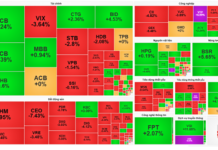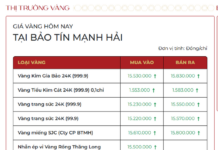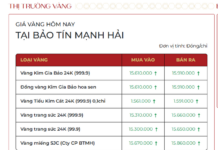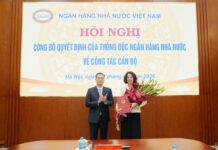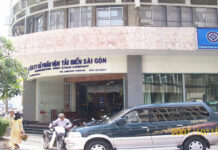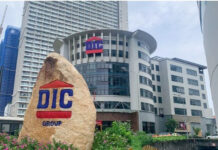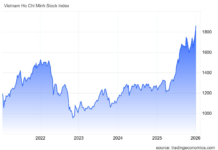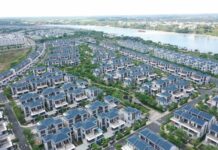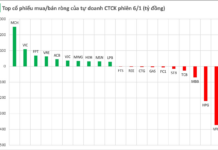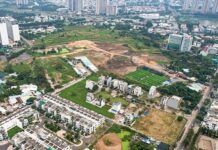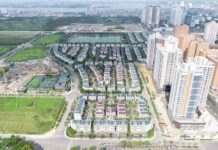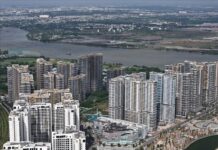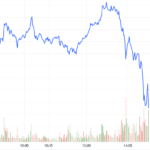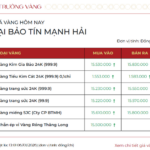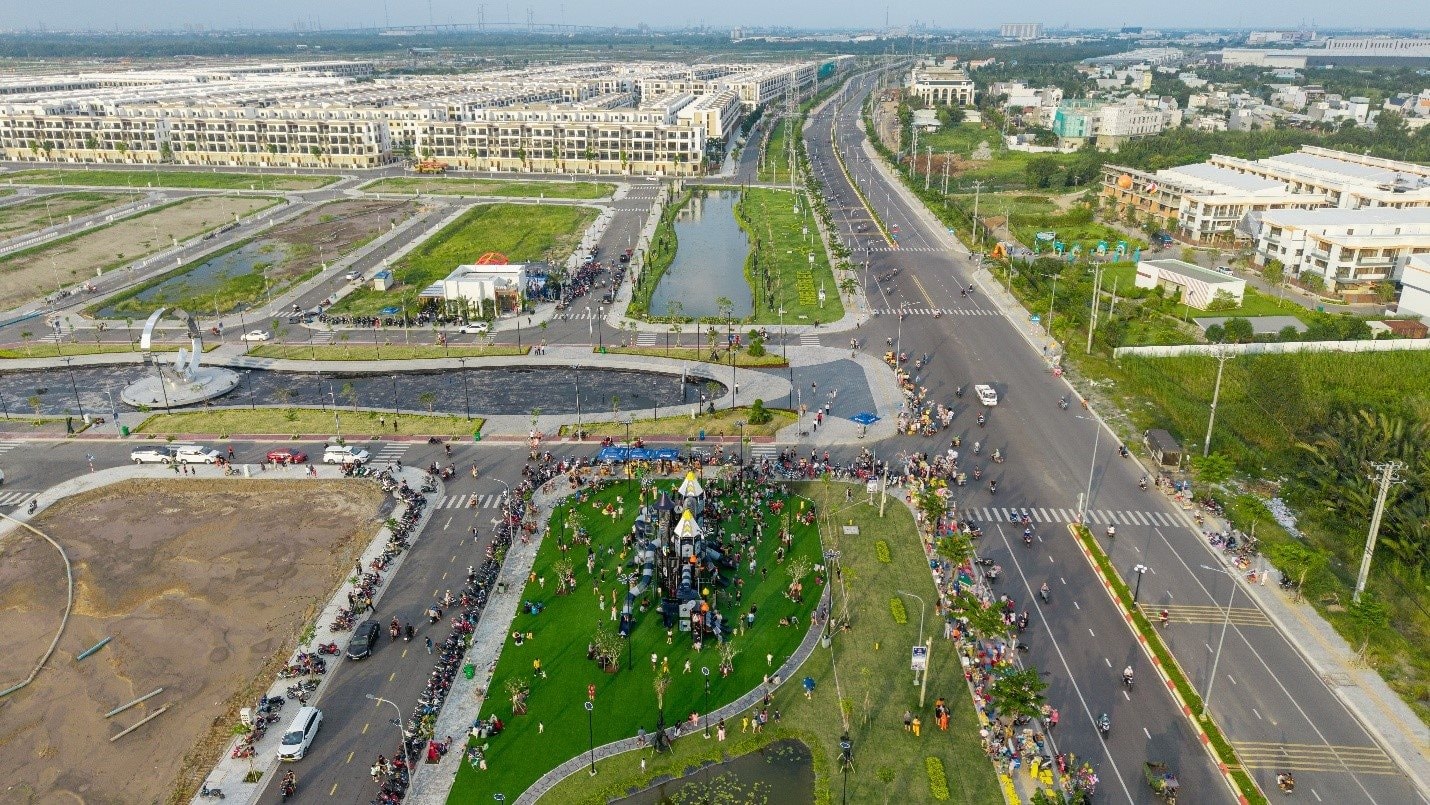
Identifying the “Low-Lying” Areas in Land Prices
Regions with Lagging Land Prices
In recent times, following the condominium segment, land plots have become a focal point for buyers. These two segments have seen the most significant price increases over the past two years.
In Ho Chi Minh City, while land prices in the Eastern region have soared and primary supply has dwindled, the Southern region maintains reasonable pricing.
According to market research, compared to the same period in 2024, primary land supply decreased slightly by 8%, primarily from previously launched projects (95%). The three main markets—Long An, Binh Duong, and Dong Nai—account for approximately 81% of the total primary supply, equivalent to 5,225 available units. Meanwhile, new supply remains scarce, making up only 5% of the total primary supply, a 13% decrease from the previous year. This is attributed to a lack of clean land, unmet booking expectations, and developers’ cautious approach to new launches.
Conversely, market demand has shown positive trends. Land transactions in the latest quarter increased 2.4 times compared to Q2/2024, primarily in Long An and Binh Duong, accounting for over 92.2% of primary sales. Secondary market prices also rose by an average of 4% from the previous quarter. The scarcity of primary supply has driven investors toward secondary products, especially those with complete legal documentation and located near Ho Chi Minh City.
Price disparities are evident across regions. In Ho Chi Minh City, Binh Duong, and Dong Nai, land prices range from 75 to 140 million VND/m². In contrast, Long An and Tay Ninh have lower prices, ranging from 38 to 60 million VND/m². Notably, Nhon Trach (Dong Nai) and the Southern region of Ho Chi Minh City, including Can Giuoc and Hau Nghia (former Long An), remain “low-lying” areas in terms of pricing. Here, red-book land plots along major roads range from 30 to 40 million VND/m².
A survey reveals that a 100m² residential land plot in the Eastern region of Ho Chi Minh City (alleyway) costs 4.5–5 billion VND, while a similar plot in the Southern region (main road) is priced at 2.5–3.5 billion VND. This price gap has directed investment flows to the Southern region as a new investment “lowland.”
Recently, land projects in Can Giuoc, Long An, have shown strong liquidity. For instance, The 826 EC (15ha), developed by Hai Thanh, scheduled for launch in early October 2025, has already received significant bookings. The project attracts investors with its reasonable pricing, transparent legal status, individual red books, synchronized infrastructure, and proximity to Phu My Hung, Long Hau Green Industrial Park, Metro Line 4, and Ring Road 4. The flexible payment policy requires only an initial payment of 560 million VND, with bank financing up to 70% over 30 years.
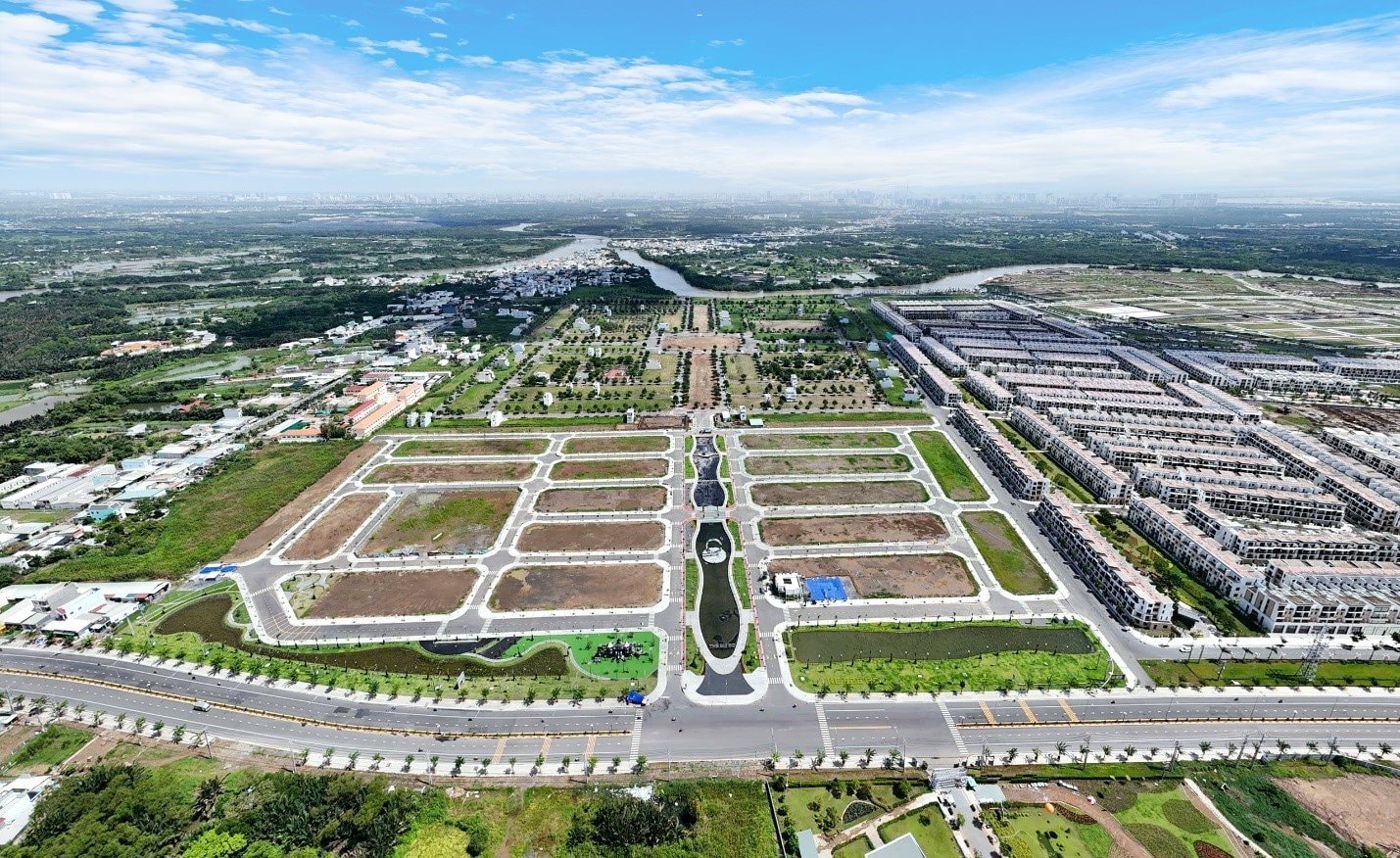
A land project in Can Giuoc – adjacent to Nha Be, currently attracting significant interest.
Besides The 826 EC, other projects like Thai Son Long Hau, Saigon Village, Saigon RiverPark, Long Hau Riverside, and Five Star Eco City are gaining attention due to their transparent legal status and price growth potential linked to infrastructure development.
According to Mr. Quang, a seasoned investor, investment capital is now more diversified rather than concentrated in a single area. After localized price surges, profit margins for land in the Eastern region of Ho Chi Minh City have narrowed, prompting capital to shift to areas with “softer price thresholds” and near key infrastructure. The Southern region of Ho Chi Minh City is now a preferred choice for many investors.
He also notes that, compared to the past, land prices are not surging but remain stable in line with infrastructure investment progress. Recently, demand has rebounded in areas near Ho Chi Minh City, particularly in projects linked to major transportation routes.
Expert Forecasts
In Q3/2025, land supply saw a slight increase from the previous quarter. Projects in Long An, Binh Duong, and Dong Nai, along with those entering subsequent sales phases, continue to dominate market supply.
Government support policies, such as credit easing, tax reductions, and accelerated public investment disbursement, are expected to generate positive signals, improving overall market demand for land plots.
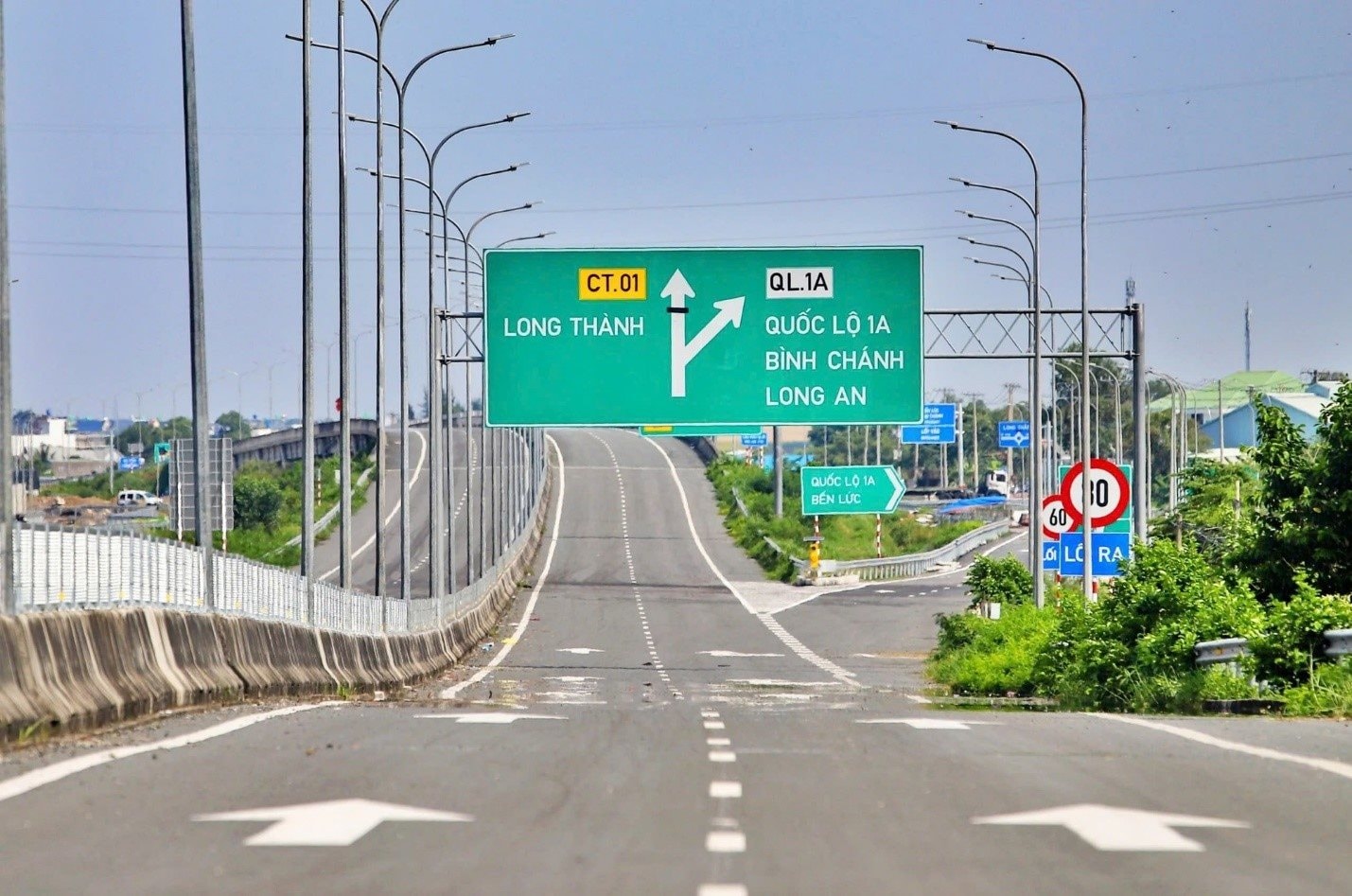
Infrastructure is a critical lever, directly impacting real estate price growth.
In the final quarters of 2025, the secondary market is expected to maintain a positive recovery in both pricing and liquidity. Projects with completed infrastructure, clear legal status, high real demand, and strong community-building potential are projected to attract significant transactions.
Currently, land prices are no longer surging as they did in early 2025. However, demand for land plots persists, especially in areas with comprehensive infrastructure investment. From now until year-end, land prices in provinces near Ho Chi Minh City are expected to rise, but with modest fluctuations. Plots with red books and proximity to ongoing transportation infrastructure projects are experiencing stronger liquidity.
Experts also predict that land plots will recover after residential properties. Therefore, 2025 is not the year for land plots to “rebound” strongly. The 2026–2027 period, when key infrastructure like Ring Roads 2, 3, and 4, and the Ben Luc – Long Thanh Expressway are completed, is when land prices are likely to surge significantly.
Mr. Kiet Nguyen, Sales Director at DKRA Realty, emphasizes: “The heat in the land plot segment from now until the end of 2025 will not spread across the entire market but will concentrate in areas linked to infrastructure news and mega-projects. Land prices will undoubtedly continue to rise due to persistent demand, but the fluctuations will not be as dramatic as in previous periods. Investors should adopt a medium to long-term investment mindset.”
Merging Thái Nguyên and Bắc Kạn: The Rise of a New Urban Core in Bách Quang
Following the consolidation of administrative units, Thai Nguyen has entered a robust phase of spatial restructuring for development. Among these changes, Bach Quang Ward has emerged as a new urban-industrial hub in the southern region of the province.
Vietbank Accelerates Sustainable Development Strategy
Vietnam Thuong Tin Commercial Joint Stock Bank (Vietbank) has announced its plan to acquire Lim II Tower (62A Cach Mang Thang Tam, District 3, now Xuan Hoa Ward, Ho Chi Minh City), the building it has leased as its Ho Chi Minh City Branch headquarters for many years. This strategic move, subject to shareholder approval via written consent, underscores Vietbank’s financial strength, enhances its competitive edge, and aligns with its goal of becoming one of Vietnam’s top 15 commercial joint stock banks, as outlined in its strategic vision.


